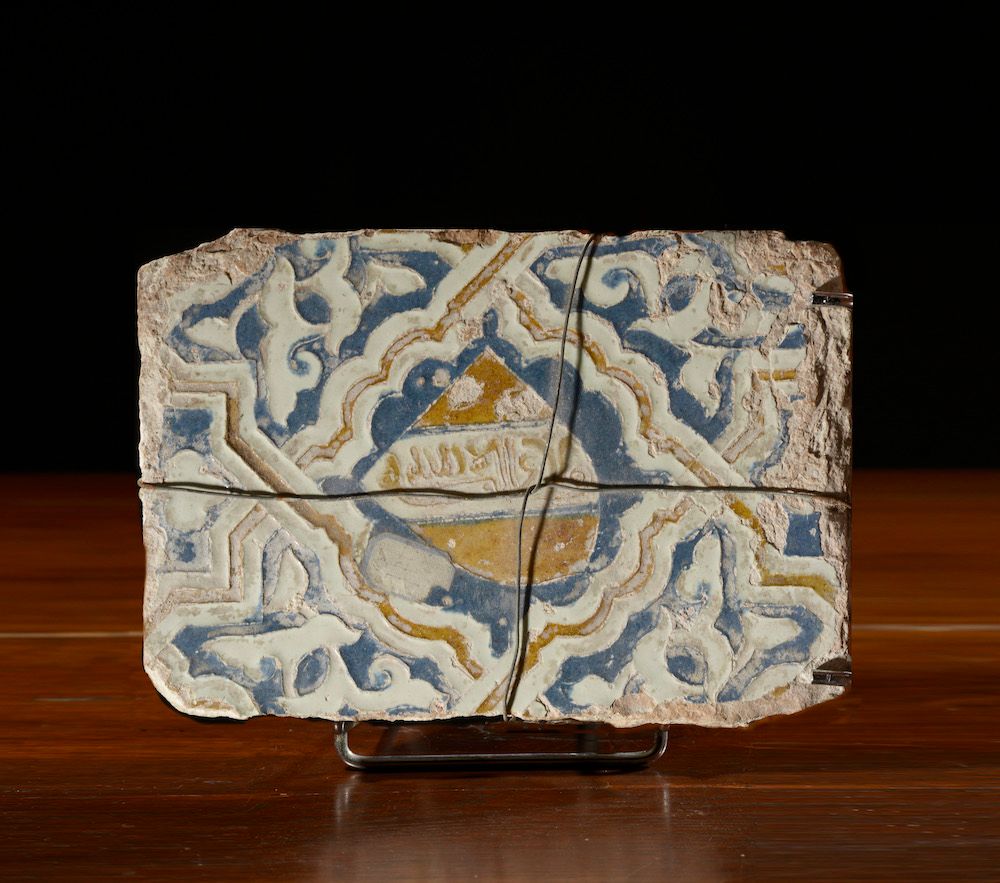Description
Spain, Seville. Tile in cuerda seca earthenware with blue and ochre decoration of an Arabic inscription in a shield surrounded by stylized motifs (chips). 16th - 17th centuries. Length : 18,5 cm - Width : 13 cm Expert - Mr Cyrille FROISSART - 01 42 25 29 80 [email protected]
You may also like
